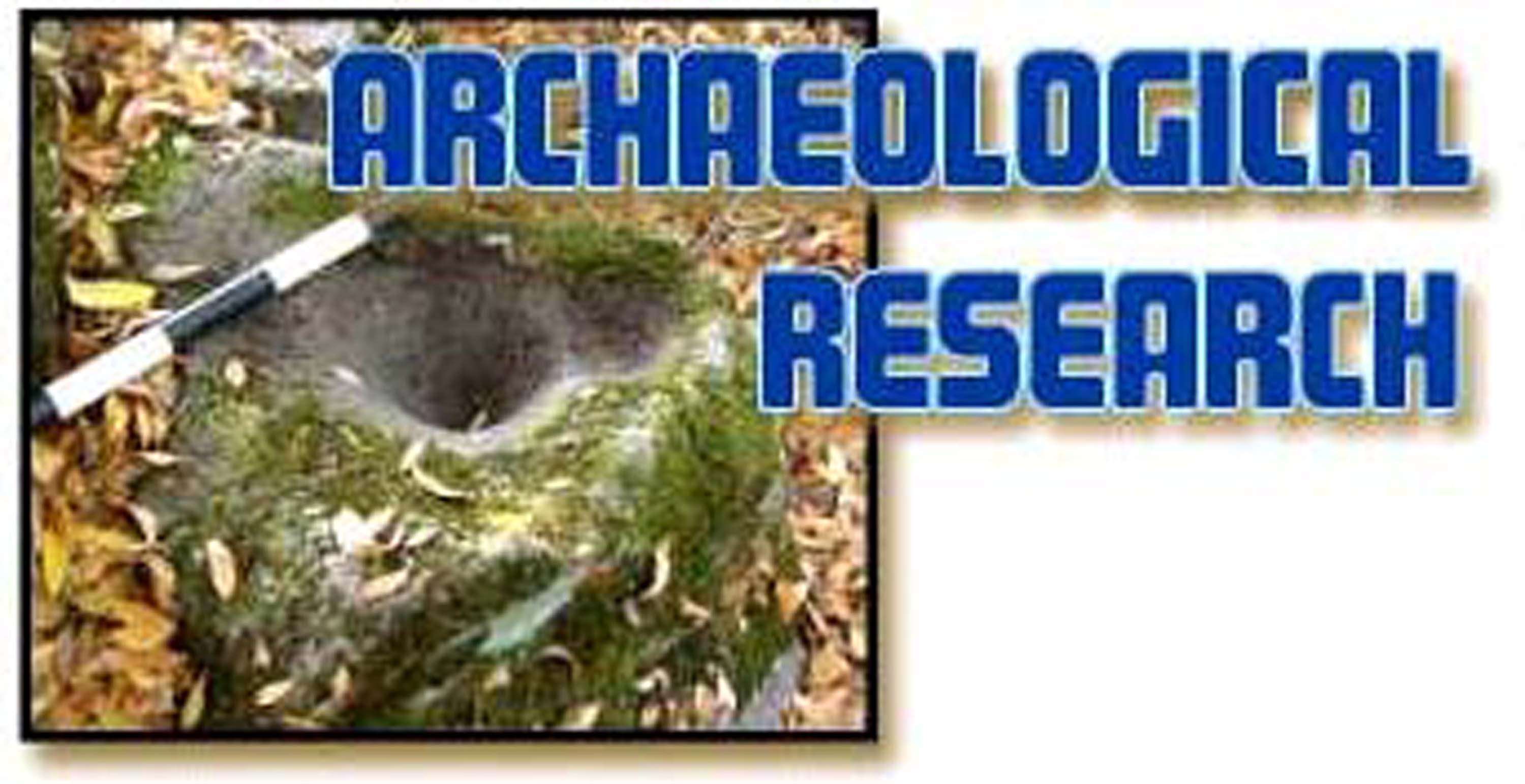Village Names
Village Names Give Evidence of Resource Use



The Clear Lake Pomo need to stay on top of resource availability and use was reflected in many aspects of their culture. Barrett (1908) made a list of the names of many of the past village and camp locations which were given him by Native American elders. He listed these sites by their Indian names and, with the help of the elders, translated these into English. The following sample of place names illustrates the focus on resource use.
Northern Pomo (West Lakeshore)
Xaro’malugal; from xaro’ (valley oak acorn black bread), and malu (to bake)
Xabe’l; elder indicates that high ground settlement was a winter camp and low-ground (shoreline) settlement was a summer camp.
Xatsa’mugal; from xatsa’ (grass) and muga’ (seeds)
Eastern Pomo (Upper Lake)
Xuca’danoyo; from xuca’ (live oak), and dano’ (mountain) and yo (under).
Behe’pal; from behe’ (pepperwood, California Laurel)
Xaku’lkalewical; from xaku’l (white oak), and kale’ (tree)
Ha’lika; from ha’li (edible fleshy covering of California Laurel nut)
Eastern Pomo (Big Valley)
Xaci’badon; from xaci’ (water plant resembling bamboo) plant grew at this spot.
Xato’tnapoti; from xato’t (thin outer shell of the California Laurel nut)
So’bidame; from so’ (clover), and bidame (creek)
Licu’ikalexowa; from licu’i (black oak), and kale’ (tree), and xowa (in front of).
Batso’mkitem; from batso’m (a species of oak), and kite’m (bushy top)
Tsuba’haputsum; from tsuba’ha (a species of willow used in basket making), and pu’tsum (point)
Southeastern Pomo (Southern and Eastern arms of Clear Lake)
Xaa’lkfai; from kaa’l (tule), and kfai (flat open place)
Clear Lake Wappo
Ko’pbutu; from kop (nettle) listed as a summer camp
In the case of the Northern Pomo site of Xabe’l, the elder indicated that two settlements were used during different times of the year. The seasonal use corresponds with maximum lakeshore resource availability outlined on the graph on the “Resource Use” page.
Kniffen reports seasonal resource gathering and indicates that during the fall:
From camps far up the Upper Lake Valley were gathered acorns, pepperwood balls, wild grapes, and pine nuts. (Kniffen 1939:367)
During the months of April and May, lakeshore and streamside camps appear to have been set up:
Fish are close in to shore and the Easrtern Pomo move to lakeshore camps. (McLendon 1977:11)
Stream fishing was in vogue with high water from February through May. (Kniffen 1939:363)
